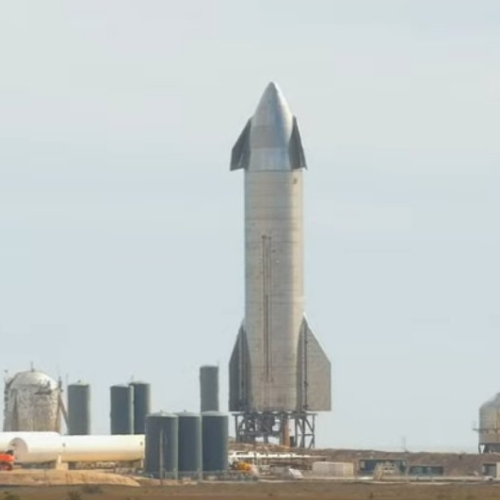They’re coming for you next: McDonald’s has now established policies that will require firm statistical hiring quotas for its top management jobs aimed at discriminating against white men and favoring minorities, regardless of qualifications.
A press release on the McDonald’s website says that part of the bonuses awarded to top company executives will be based upon their efforts to hire women and what the company terms “historically underrepresented groups” for top corporate positions.
“Beginning in 2021, the Company is incorporating quantitative human capital management-related metrics to annual incentive compensation for its Executive Vice Presidents,” the company said. “In addition to the Company’s financial performance, executives will be measured on their ability to champion our core values, improve representation within leadership roles for both women and historically underrepresented groups, and create a strong culture of inclusion within the Company,” the company said.
Other reports indicate that an executive’s annual bonuses could be penalized by as much as 15% if he or she fails to meet these goals.
In other words, if you don’t favor women and minorities in your promotions and hiring, discriminating specifically against white men merely because of their sex and race, your bonuses will be reduced.
Nor is this policy of racial discrimination limited to the company’s top management.
The company’s diversity website notes that in America, 70 percent of those hired in 2019 were women (54 percent) or minorities (33 percent).
The company was even more focused on non-white, non-male applicants through its University program in 2019–2020, with 81 percent of those admitted being women or minorities.
All of these policies are 100% illegal based on all of the civil rights laws passed in the past half century. Period. The law forbids you to consider race, religion, creed, or sex in your hiring and promotion practices.
No matter. When it comes to oppressing some races and sexes the law no longer matters. What matters is punishing today’s innocent generation for the sins of long dead past generations.
So, remember this the next time you stop for a hamburger. Your money will be supporting an inherently racist company which determines who it will hire and promote not by their talent, skills, and performance, but by their race and sex. According to McDonald’s the quality of a person’s character be damned!








